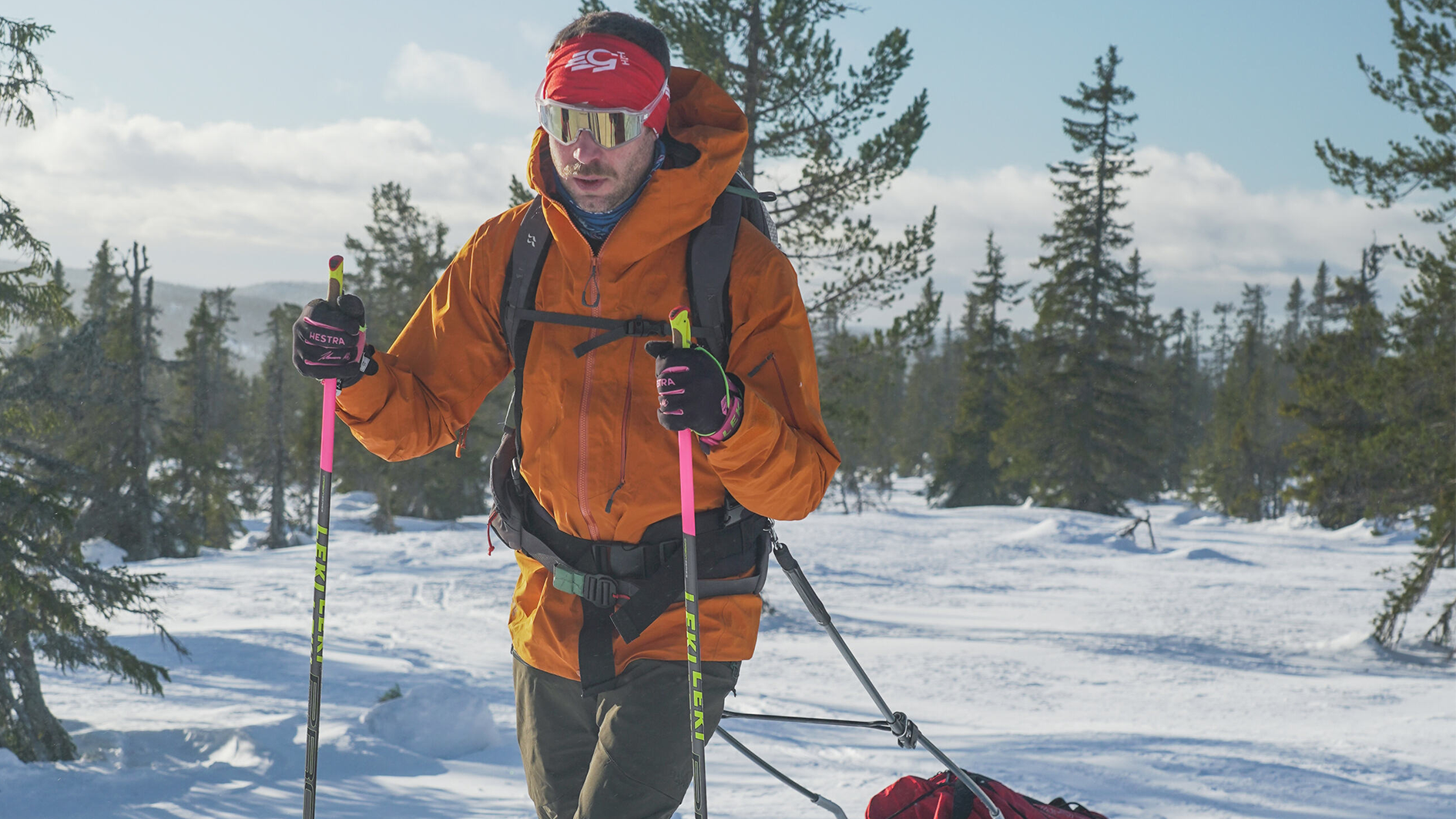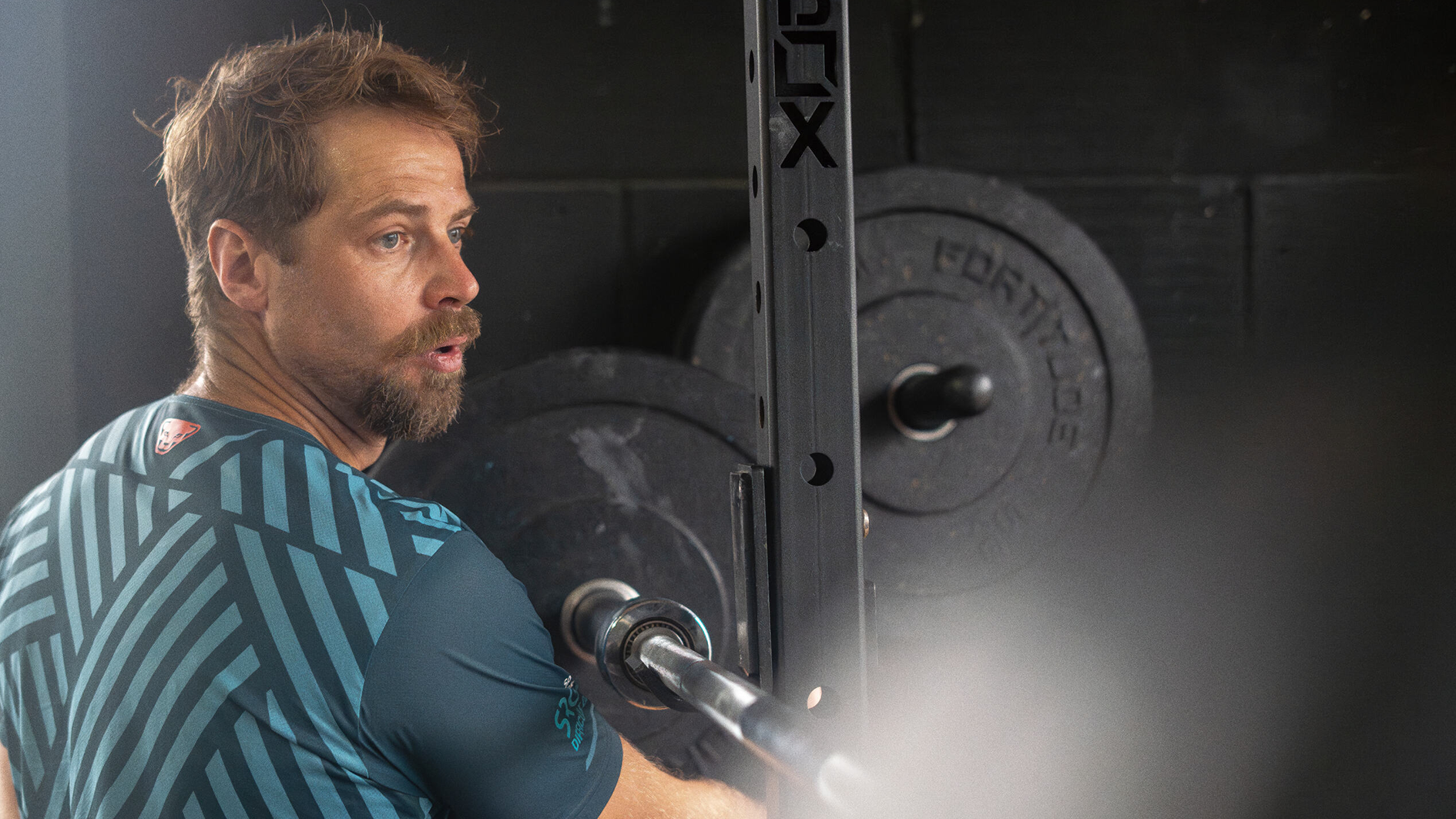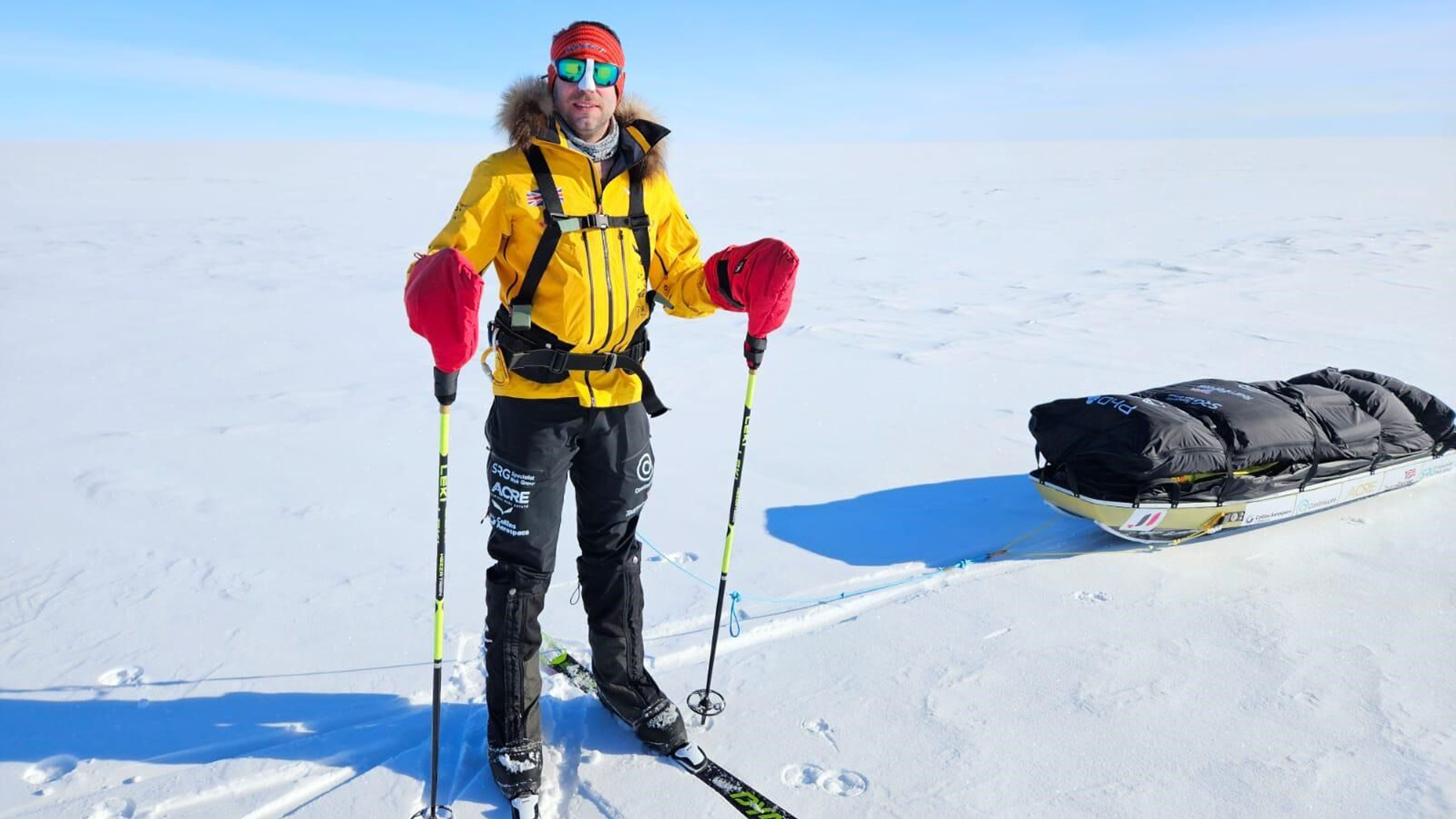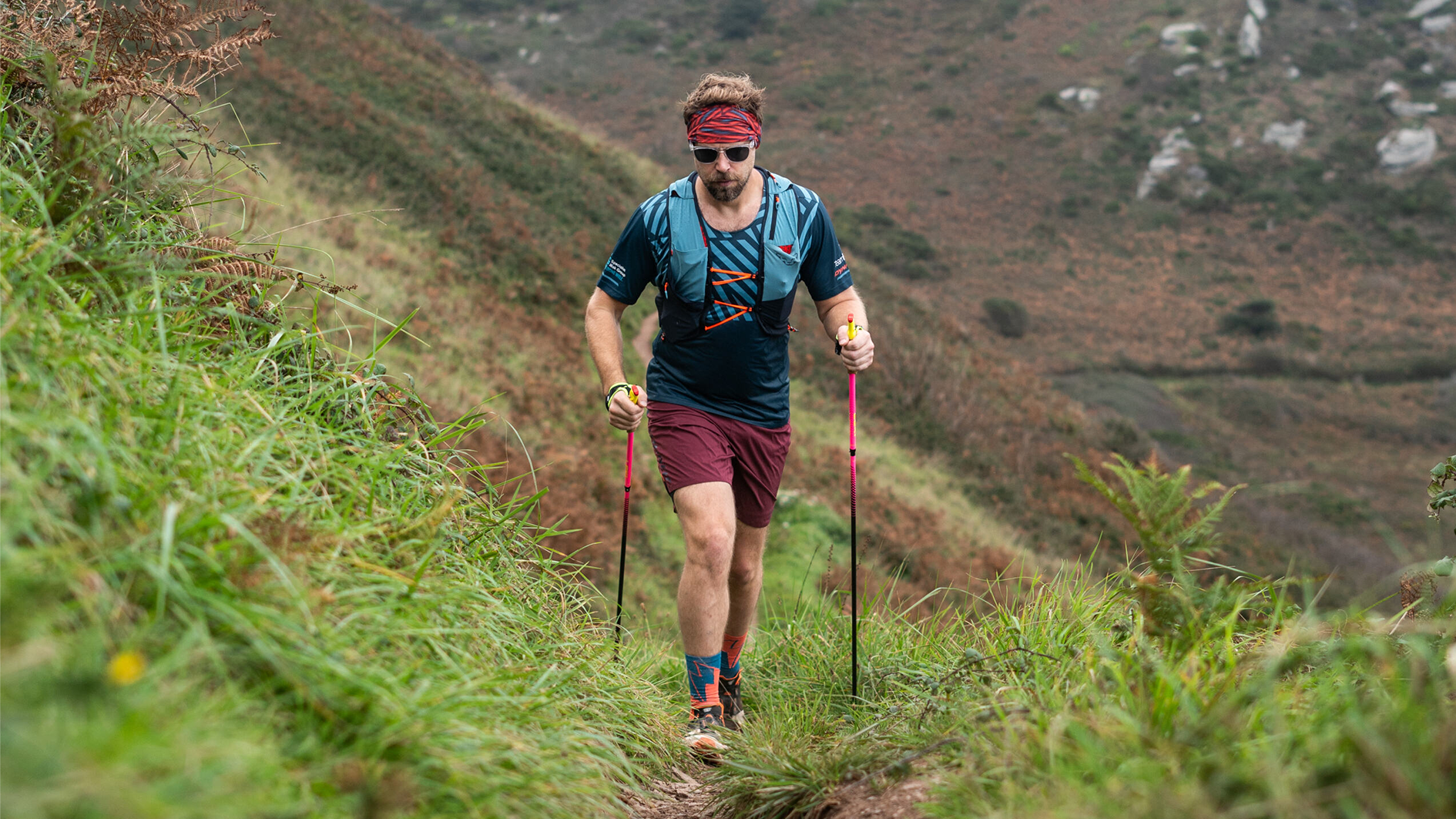
Are you looking to get into shape in 2025? Take a leaf out of Jonny Huntington’s book. The 38-year-old para-athlete is attempting to become the first disabled person to cross all 566 miles from the edge of Antarctica to the South Pole, using the Nordic skiing technique.
After a stroke at the age of 28 left him with lifelong mental and physical injuries, the former soldier lost all control over his left foot. Jonny leaned into the change, taking on extreme challenges in support of the charities that have helped him.
“This is about proving that disability doesn't mean inability,” he told Advnture just before he left for Antarctica.
Currently skiing about 14 miles / 22.5km per day in bone-chilling temperatures below -40°F / -40°C, Huntington needed a huge amount of training to get into sufficient shape.
“My program has been specifically put together to be as sports-specific as possible,” says Jonny, who also boasts a Masters degree in Sports and Health Sciences.
Speaking to Advnture before he set off, he added, “I’m fit and strong enough, but I'm also really well conditioned from a ligament, tendon, joint perspective to be physically resilient to what it's going to do to me.”

More than a decade has now passed since Jonny’s life-changing stroke, but he’s still feeling the effects. Alongside losing control of his left foot, the Devon local continues to battle several neurological and physical effects.
To overcome his various impairments, and prepare for the unique task ahead, Jonny looked outside the box. Aiming to replicate his Antarctic adventure, he tied large rubber tires to a harness and set out for long hikes along local beaches.
“I'm super fortunate where I live in South Devon, there's miles and miles of coast path around here. Once you've got two reasonably heavy tires, you know you can be pretty sure that you're training hard,” Jonny explains.
“Part of my injury creates additional tension in the rear of my leg. It's called additional tone, and basically, it just means that the back of my leg gets really tight. So doing activities like tire dragging just helps to really put your body through the same stresses and positioning. It's like dragging a sledge-wheel.”
Determined to complete his mammoth Journey without any support or assistance, Jonny is dragging 242lbs / 110kg of equipment behind him in a ‘pulk’, a small, sled-like contraption used to pull heavy items through the snow. Among his luggage, Jonny is dragging a tent, clothes, and enough food to last the 40 to 45 days he’ll be in the wilderness.

Alongside South Pole-specific training, Jonny’s been hitting both the gym and the trails hard, following a tailored program to improve his strength and cardiovascular fitness.
“The personal training staff at the gym that I go to are extremely highly qualified and have really taken the time to understand what it is I'm going to be doing,” Jonny explains.
“I've worked with Jess my PT to put together a strength and conditioning program which really maximizes both strength and power endurance.”
Jonny’s also sticking to an extreme diet, consuming exactly 6,150 calories per day in an effort to remain nourished on the ice. Despite eating this mammoth amount each day, Jonny will still be burning fat, losing roughly a kilo of body fat every three days.
“The anticipated daily calorie loss is going to be roughly 9,000 a day, which is significant,” Jonny said, describing any attempt to consume that much in a day as ‘impractical’.
“Every calorie you take down there weighs something. So, not only not only would you not be getting anywhere because you’d be eating all the time, but also, your [sled] would be so heavy at that stage.
“It definitely requires some thought.”

With more than two years of intensive training behind him and a precise diet, Jonny left for Antarctica well-prepared to take on the elements.
“It's that sort of classic military adage of train hard fight easy,” said the former British Army Officer, who’s now just a few weeks away from becoming the first para-athlete to reach the South Pole unassisted.
For more on Jonny’s incredible story, check out our profile.
- The best freeze-dried meals 2024: lightweight food for backpacking
- The best winter hiking boots 2024: for unbeatable performance in the cold







